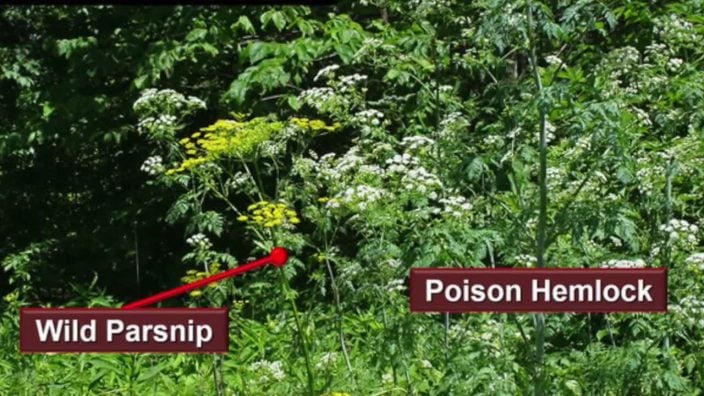Cows make Christmas extra cheerful
It might seem like a real chore to have to take care of the animals before any Christmas gifts or meals can happen, but to me it is such a special time.
Read MoreWeeds — we all hate them but there are some we should hate more than others. Over the past several years, poison hemlock (Conium Maculatum), wild parsnip (Pastinacasativa) and cressleaf groundsel (Senecio Glabellus) have been an increasing presence in roadside ditches, pastures and hayfields. All of these plants are poisonous to cattle or livestock if they are ingested, even in small quantities.
Poison hemlock and wild parsnip are in the Apiaceae Plant Family, which also contains Queen Anne’s lace, and poison hemlock is sometimes confused for Queen Anne’s lace to casual observers as they both have lacy white flowers. Poison hemlock grows to be quite tall, up to 8 feet in height and is distinguished by purple blotches on the stem. Cattle that consume as little as 300 grams of this plant may die within a few hours, so take care to scout your pastures and hayfields. Fermentation in silage does not remove the toxic compounds produced by the plant so the only way to safely deal with the weed is to remove it mechanically or with chemicals. Glyphosate and 2,4D are both very effective at killing poison hemlock. You can read more about poison hemlock.
Wild parsnip looks similar to poison hemlock from a distance but has a yellow flower. Sap from wild parsnip will burn your skin when exposed to sunlight and may result in severe blistering of the skin. Be sure to wear gloves, pants and a long-sleeved shirt if you are pulling weeds where you know wild parsnip is growing. Grazing livestock are not immune to the toxicity of the sap and it should be removed from pastures and hay fields. Glyphosate works very well at eradicating wild parsnip if you choose the chemical route. More information about wild parsnip can be found here.
Cressleaf groundsel was a major problem for a good portion of Ohio’s grazing lands in 2016 as perfect growing conditions allowed it to become established early in the growing season before effective control measures could be utilized. This is another highly toxic weed when ingested by livestock but has less lethal effects than poison hemlock. Cattle that eat this plant may get swollen jaws, scaly noses, rough coats and may become sensitive to light. Horses that eat this plant develop what is known as the “sleepy staggers” as they become sleepy and may bump into objects including fences. You can identify this plant by its purple rosette, yellow flowers and what I consider to be a rhubarb colored stem that is purplish green. 2,4D works well for removing cressleaf groundsel from pastures and hayfields but you will lose any legumes if you spray the whole field. You can read more about it here.
Questions? Call the OSU Trumbull County Extension Office at 330-638-6783 or visit trumbull.osu.edu. Don’t forget to check out and “Like” our Facebook page for current programs and up-to-date information.
Written by Lee Beers, OSU Extension Educator. He can be reached at [email protected].
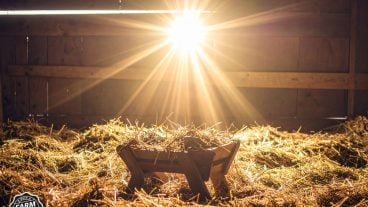
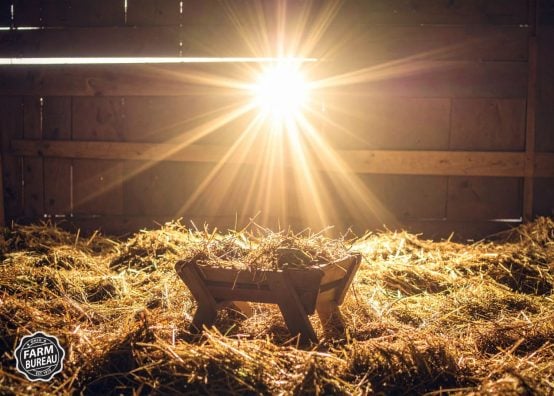
It might seem like a real chore to have to take care of the animals before any Christmas gifts or meals can happen, but to me it is such a special time.
Read More

Happy Thanksgiving, Everyone! I say it every year, but Thanksgiving is my favorite holiday. The gathering of friends and family…
Read More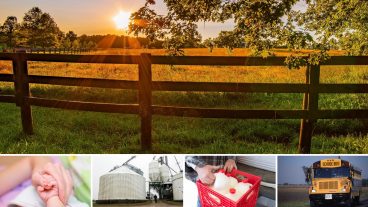

We need to get back to being people who see the good before the differences. Because when agriculture thrives, communities thrive.
Read More

As we pull on our hoodies, light our jack-o’-lanterns and sneak just one more piece of candy, we can thank agriculture for giving us the most spooktacular night of the year.
Read More

It is currently illegal to sell unpasteurized milk in Ohio. There is a renewed interest in raw milk sales, so that could change.
Read More
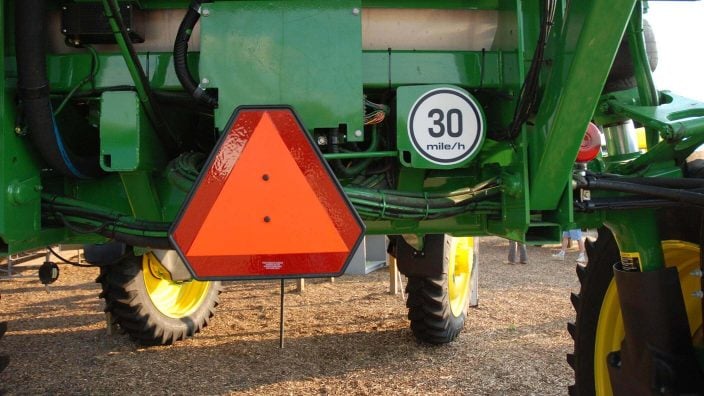
Fatigue and stress can sneak up on even the most seasoned farmer. Please, take care of yourselves.
Read More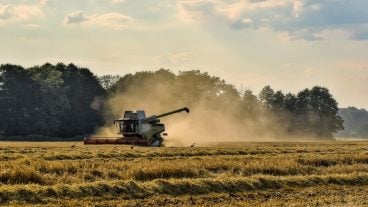
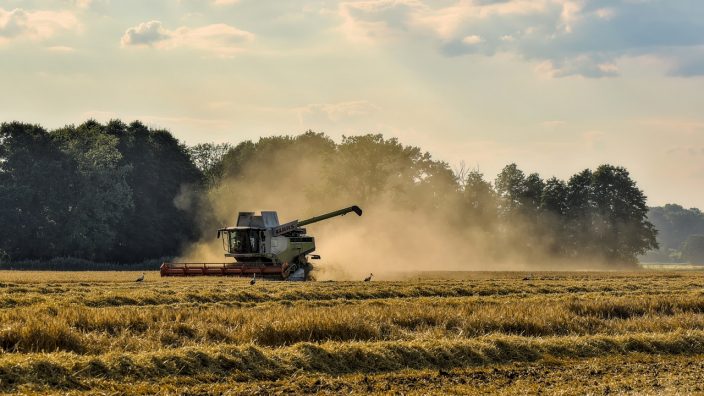
Traveling on roads with large, often oversized equipment adds to the stress.
Read More

Much of Ohio’s pumpkin crop ends up at farm markets, roadside stands and patches where families pick out carving pumpkins and pie pumpkins by hand.
Read More

Seeing these events be so successful and having kids so excited and eager to learn is truly heartwarming.
Read More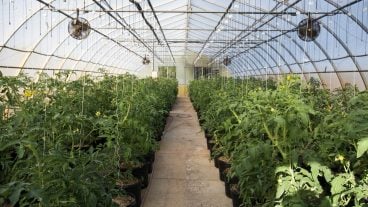
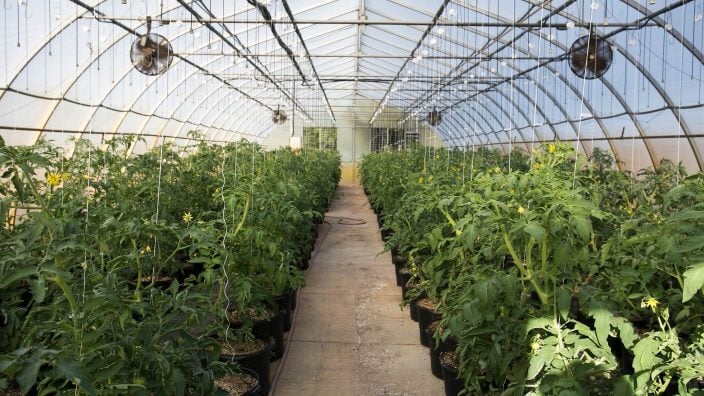
CEA will not replace traditional farming, but it is helping our food supply be more sustainably produced in the United States.
Read More